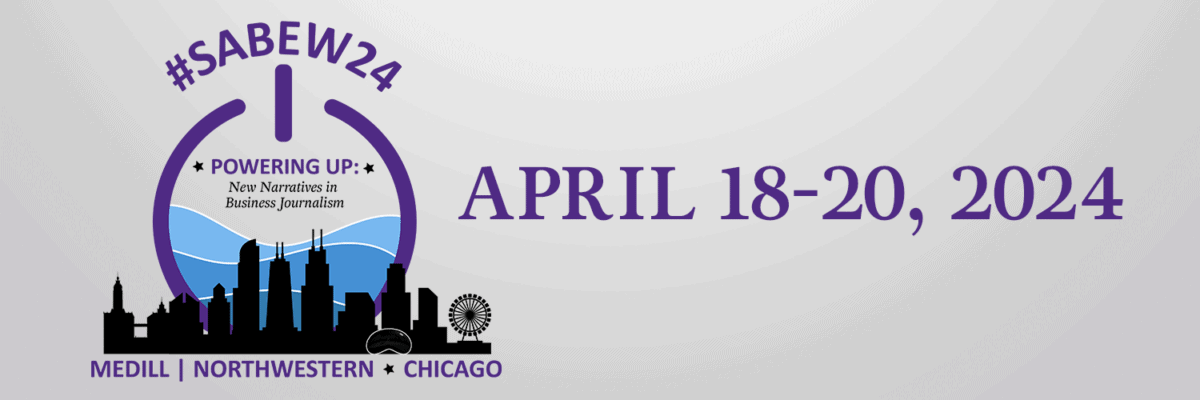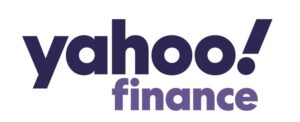
Photo by Moriah Costa
Friday, March 28, 2014
By Moriah Costa
Cronkite News
PHOENIX — News in print is far from dead but just one of many platforms in a constantly changing market, a panel of industry leaders said Friday.
“There are many different kinds of models out there,” said Leonard Downie Jr., former executive editor and current vice president-at-large of The Washington Post. “A number of them are prospering; a number of them are fragile. And we’re going to continue to see that kind of ebb and flow, I think, for some time to come.”
Downie addressed the future of print at the Society of American Business Editors and Writers’ spring conference, joined by Larry Kramer, president and publisher of USA Today; Johnathan Davis, chief content officer of International Business Times Inc.; and Peter Bhatia, editor of The Oregonian and vice president/content of Oregonian Media Group.
Downie said there is less of a divide these days between the business and news sides of news organizations – breaking down what he called “the Chinese wall.”
“You can’t do that now anymore,” he said. Downie is the Weil Family Professor of Journalism at Arizona State University’s Walter Cronkite School of Journalism and Mass Communication, where the conference was held.
Kramer said USA Today parent company Gannett Co., although increasing its digital focus, wants to maintain print readership as long as possible. He said he isn’t worried about the idea that young people aren’t reading news in print because they never have.
“They got interested in them – local newspapers – when they got into local communities, when they started raising families, they started to settle down, when schools, traffic, local issues started to mean something to them,” he said.
Kramer said one of USA Today’s goals is rebranding not just as a newspaper but as a source of news from across Gannett media properties. As for changes at the local level, he pointed to the integration of content from The Arizona Republic and Phoenix NBC affiliate KPNX, both owned by Gannett, in the news website AZCentral.com.
“The TV stations need words on their websites. They need people who are doing content coverage that isn’t television,” he said. ” … Print still has a life. Print is a whole lot better when you’re building a brand or when you want people to discover something.”
Davis, co-founder of International Business Times, said he and his business partner, Etienne Uzac, saw a niche to tell business stories in an increasingly small world.
“When we looked across the media landscape, we saw an opportunity to really tell that type of story,” he said.
International Business Times in August bought Newsweek magazine, which had ceased its print edition in 2012, and relaunched it recently with a print version. Davis said the changes were made with the consumer in mind rather than appealing to advertisers.
“We’re really going after the consumers,” he said. “The consumers responded well, and as a byproduct of that, advertisers are also responding well.”
Bhatia said The Oregonian is a different place than it was six months ago – including reducing home delivery to four times a week – and is now focused on being digital-first. He said some long-term readers have been upset, but he said his company isn’t abandoning print.
“The point is though that as a digital-first news organization we’re delivering news as it occurs, when it occurs, 24/7, and that’s available to people in a number of ways,” he said.
Downie said the future of journalism includes building brands, not just of newspapers but of journalists whose brands may be acquired by institutions or flourish independently.
“I believe that on the Internet, in the digital world, that brands do matter, that the USA Today brand matters, that The Washington Post brand matters, but also individual journalists’ brands matter, and you need to be cultivating all of those,” he said.
Read more here: http://www.newsobserver.com/2014/03/28/3740755/panel-print-news-isnt-dead-but.html#storylink=cpy






